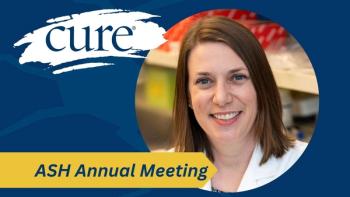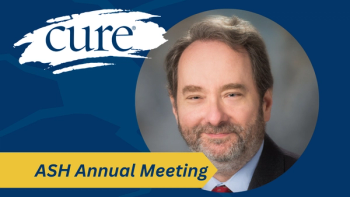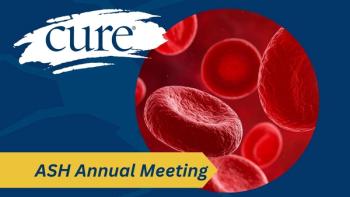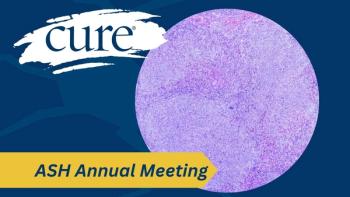
Young Adults Gather to Battle Cancer
Young adult cancer survivors raise awareness and resources.
“This time it’s personal” was the mantra of the recent gathering of the LIVESTRONG Young Adult Alliance (LSYAA) in Austin, Texas. More than 100 leaders of adolescent and young adult cancer groups met in November to announce the launch of a new website and to discuss ways to support young adults with cancer through increased research and resources.
The LSYAA was created two years ago by the Lance Armstrong Foundation and the National Cancer Institute to foster awareness of issues that adolescents and young adults with cancer face. Since its founding, the LSYAA has grown to include more than 100 organizations, represented by scientists, clinicians, government agencies, nonprofit groups, and public health professionals.
The LSYAA estimates nearly 70,000 adolescents and young adults between the ages of 15 and 40 are diagnosed with cancer each year and says survival rates for this group have not increased since 1975. This is possibly due to factors such as delayed diagnoses, inadequate health insurance, and lack of clinical trials that target this age group, which limits the understanding of treatment side effects and long-term effects since most trials are based on older patients.
Heidi Adams, the LSYAA steering committee co-chair and executive director of
“This time it’s personal,” she said. “And it’s going to be personal the next time, and it’s going to be personal the time after that. Our organization can sit on one level but when you are reaching young adults and really making an impact on a person’s life, it is one person at a time. That’s how change starts and that’s how change happens.”
LAF President and CEO Doug Ulman announced the opening of LSYAA’s new web portal (
“We are living in an era where this disease burden [of cancer] has become an epidemic. The reality is this disease causes such physical, emotional, and economic burden on our society and by being here, we are all committing to changing that,” Ulman said.
Ulman introduced keynote speaker Eric Shanteau, the Olympic swimmer who was diagnosed with testicular cancer before the 2008 Olympic trials. After qualifying for the Olympics, Shanteau delayed treatment to go to Beijing to compete and had surgery upon his return. He announced at the LSYAA meeting that he is cancer-free.
Shanteau said he hopes by sharing his story more people will not ignore the early signs of cancer. “Most men, if they hear a rattle in their car, will take it to a mechanic the next day. But if they feel a lump on their body, they won’t see a doctor for a year,” Shanteau said. “What I want for people to take from my story is the stigma against cancer is probably one of our biggest battles in this fight against cancer.”
Over the past year, the LSYAA members formed task forces to examine specific concerns in three areas: awareness, standards of care, and science. Each task force gave a report at the meeting.
The awareness task force is focusing on National Young Adult Cancer Awareness Week, which takes place the first week of April. In collaboration with Vital Options, a nonprofit cancer advocacy organization, the task force is creating a unified message for a new awareness campaign to launch in 2009.
The standards of care task force reported on creating an adolescent and young adult oncology center of excellence and what the components of an ideal center would be. While some services would be the same as any oncology center, like having oncology doctors and nurses, additional specialties catered to young people, such as fertility specialists and child care, would be available as well.
The science task force was charged with determining the cancer types to focus on. The group chose breast, colorectal, germ cell, leukemia, lymphoma, melanoma, sarcoma, and thyroid, and assigned group leaders for each cancer type.
The meeting concluded with discussions to plan the LSYAA’s next meeting.





